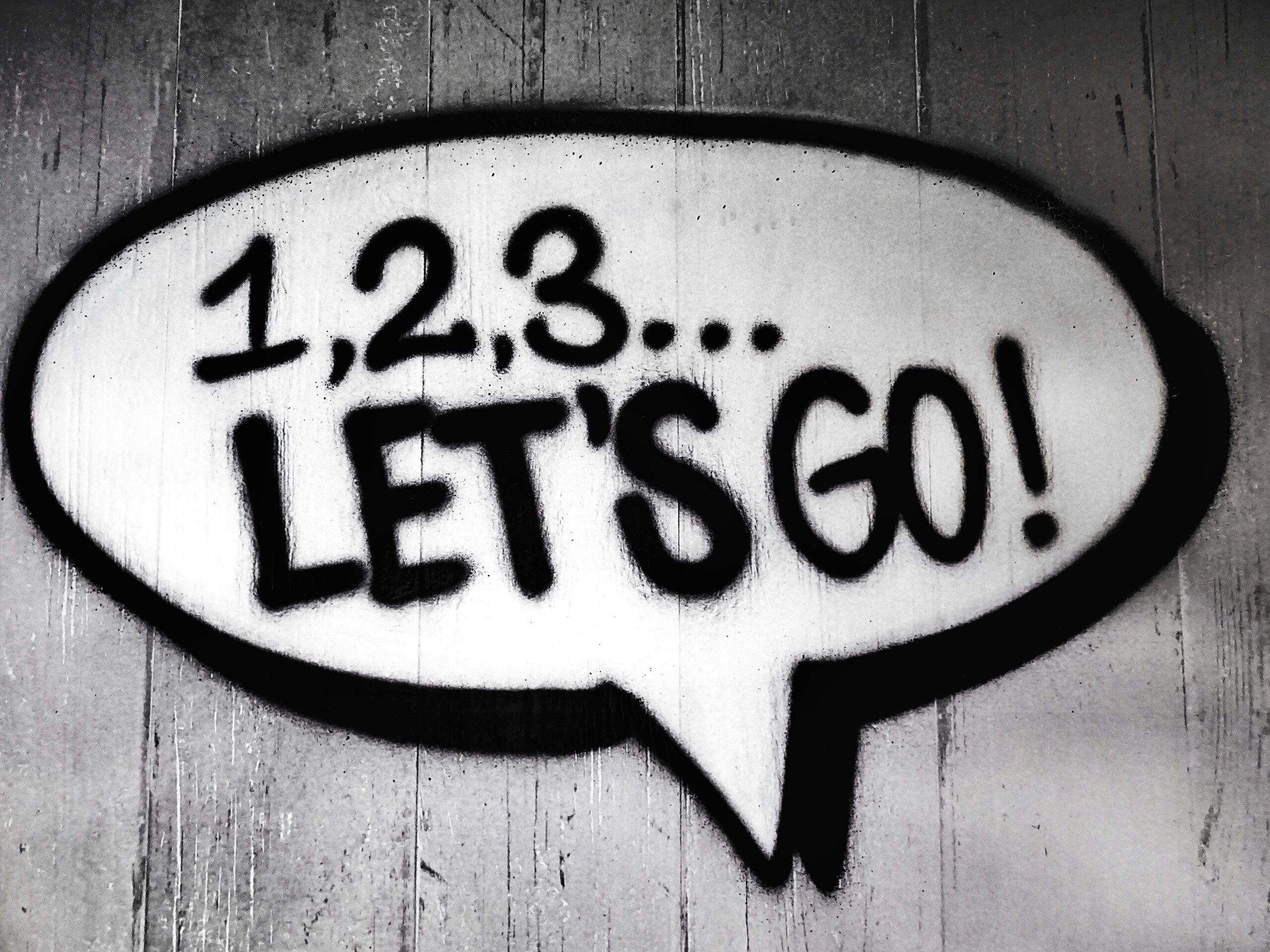High-Impact Tutoring coaches focus on HIT program goals with a new cohort of students in Washington, DC.
Last month, I wrote about closing out the second cohort of High-Impact Tutoring (HIT) program participants here at Thurgood Marshall Academy (TMA). I emphasized that not one student wanted the sessions to end at the end of the semester! Well, now the focus has shifted to a new group of students selected for the third cohort. The overall HIT program goals and academic focus for each participant is the same: academic grade improvement and taking ownership of individual academic potential. However, this semester, I worked with school administration to select the current HIT participants based on different criteria than the first two cohorts.
HIT Program Selection
For the first two HIT cohorts, we selected students with academic profiles that suggested they weren’t sufficiently challenged by the current school curriculum. It was my responsibility to keep them engaged and academically challenged. I focused on provoking them to attain and maintain high-achieving levels in all their subjects. With the current cohort, the selection criteria focused on students who are struggling academically in the classroom despite their high attendance rates. This indicates that truancy, or chronic absenteeism, is not the issue. Therefore, we identified thirty students with high attendance and low GPA to attend the program.
These students will be receiving academic tutoring and coaching in either math or ELA. However, unlike previous cohorts, we will not be enrolling students for both subjects. Program objectives include improvements in grades, GPAs, and class performance. I am also working towards each student having a better understanding of their academic “personas.” We will look at their academic strengths and weaknesses, favorite and least favorite classes/subjects, and the capacity to clearly articulate why or why not.
HIT Program Goals
It is my intention to discover and address each student’s unique set of challenges that may be impeding their academic success. Ideally, each of these students will complete the program with a higher level of confidence and self-assurance. This should translate to improved classroom engagement, participation, and performance. In my experience, the best way to achieve these results is improving core competencies such as critical thinking and problem-solving skills in math, reading comprehension, and writing skills.
I would be remiss if I ignored one key fact: more often than not, when student are struggling academically, there are issues to address that go beyond just the classroom and subjects. If you wish to make an impact on the student, you have to meet them where they are. How do they feel about school, about education? Do they feel “seen”? Do they feel like their voices are heard and respected in their classrooms? What do they wish their teachers noticed or knew about them? Dialogue in this direction makes students feel seen and heard, which leads to increased engagement and motivation. These are the first steps towards them taking ownership and responsibility for their academic success, and any achievements they attain in life.
